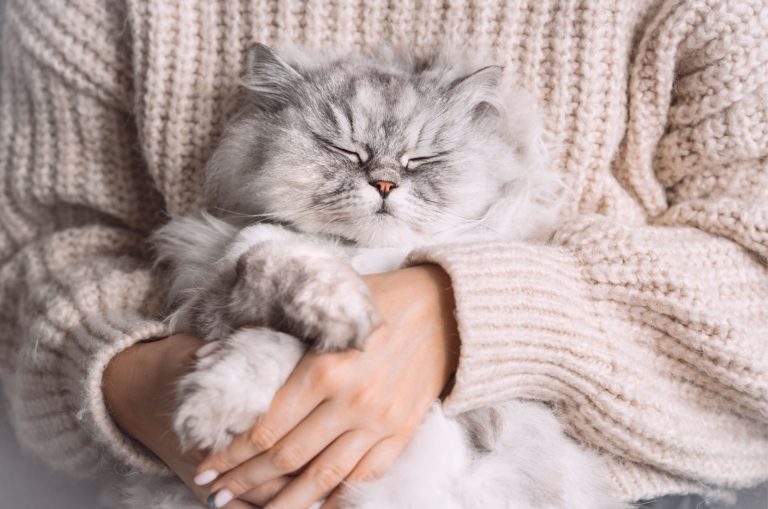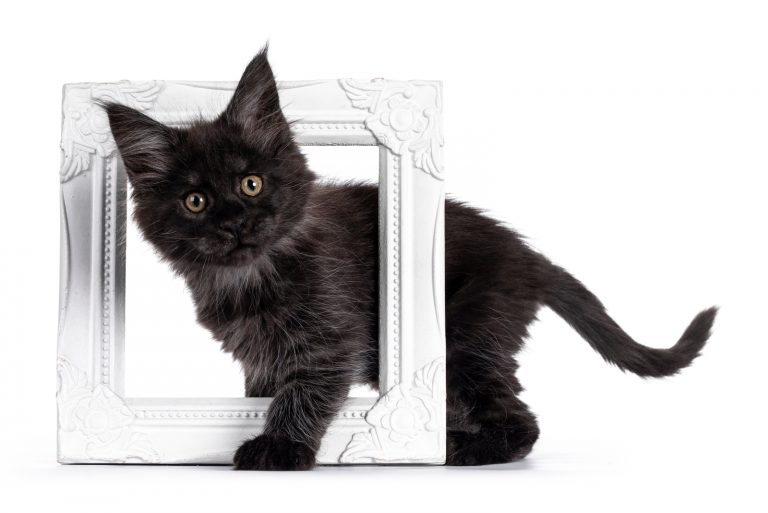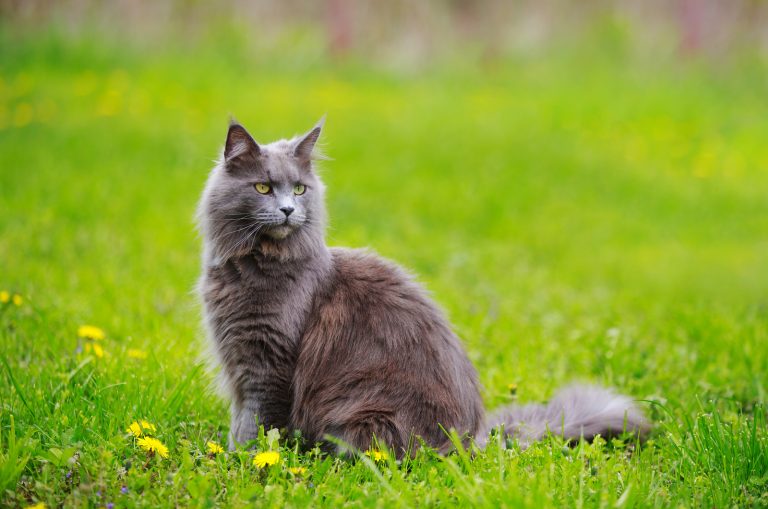How Long Can Cats Hold Their Pee? Help Guide
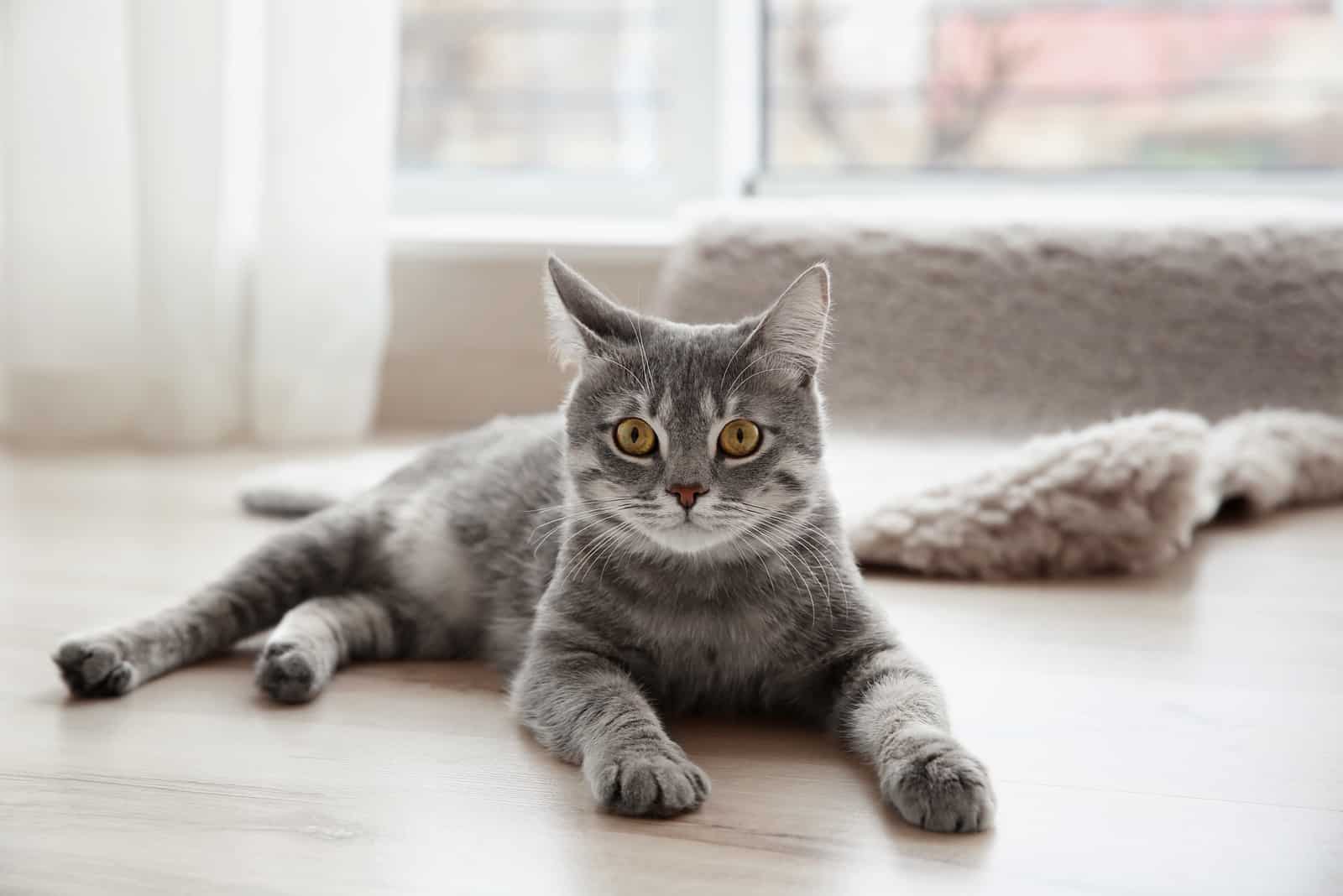
When we are busy or distracted, we tend to ignore our bladders and hold off from going to the toilet even though we know it isn’t good for us. Our furry friends tend to hold it in as well. But how long can cats hold their pee until it becomes dangerous? Well, the answer is simple: cats can go for 48 hours without urinating.
According to experts, cats can hold their pee from 24 to 48 hours and there is no need to worry, even if they have had plenty of water to drink. However, if 48 hours have passed, and there is no cat pee in sight, you should start to get concerned.
This article explains how long can cats hold their pee and when you need to step in and help them. So let’s start reading!
How Long Can Cats Hold Their Pee And Poop?

Cats can hold their pee for 24 to 48 hours, and they usually poop once a day. Kittens, however, pee and poop more often. They poop 2 to 3 times a day, and they pee 2 to 4 times a day.
Most cats can hold their feces for 24 to 48 hours as well, and this is not a problem. Healthy cats poop 1 or 2 times a day on average.
Cats eat almost as much as they drink, so it’s not that surprising that they can hold their poop for about as long as they can hold their pee. However, all cats are different, and it may be normal for your cat to poop once every 2 days. As long as it does not go more than 48 hours without pooping, this would be considered healthy.
Can Cats Go 2 Days Without Urinating?
Yes. Cats can hold their pee overnight and for up to 48 hours. Most cats can hold their pee for 24 to 48 hours, and it is not a problem for them. However, they should still be able to reach their litter boxes at any time.
How Long Before It Gets Dangerous?
No more than 48 hours. As stated above, cats can hold their pee from 24 to 48 hours, but they should not be keeping it in for any longer. Your cat can be in serious trouble if they are still not able to pee after 48 hours. They could be in a life-threatening situation within 72 hours without peeing.
A cat’s bladder is always active. Even though they can retain pee for 48 hours, after an extended time, toxins can build up and hurt your beloved pet. To avoid the risk of potentially fatal damage, you should consult a veterinarian as soon as possible if you think your cat is unable to pass urine.
How Often Should A Cat Urinate?
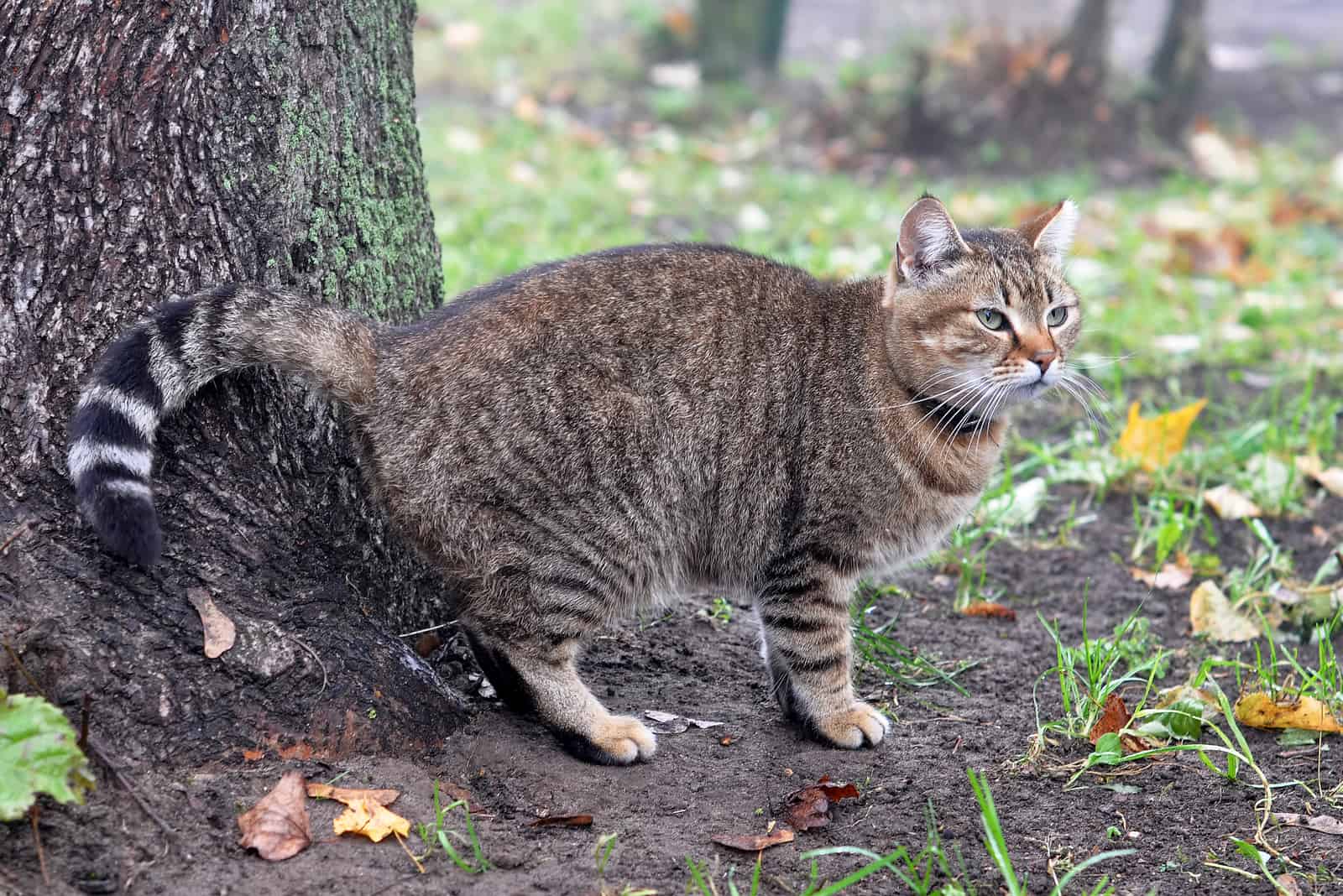
A healthy cat is likely to pee 2 to 4 times a day. However, no cat is the same, and there are different factors that influence this as well, such as water intake, heat, humidity, and the type of food they eat. You should pay attention to your cat and their peeing habits so you recognize the signs that something might be wrong.
If your cat urinates 3 times a day on average but has started to do it more frequently or less frequently than usual, or if the amount of urine is different, this could indicate potential disease, e.g., diabetes, kidney disease, FLUTD (feline lower urinary tract disease).
How Can I Tell If My Cat Isn’t Peeing?
To know whether your cat is peeing or not, you should pay attention to whether your cat is regularly going to the litter box. Pay attention if they lose their appetite, drink more or less water than usual, or if your cat seems out of sorts or is just ‘not being themselves.’
Cats tend to hide their weakness, so it can be hard to spot signs of disease. This is down to their highly developed survival instinct. However, you can watch out for symptoms that can guide you.
If your cat is going to the litter box more frequently, then they may have urinary obstruction. You should first take a good look at whether the cat actually did anything in the litter box, scoop around and check the litter tray. Are they actually urinating or failing at it?
You should check the litter box to see if there are any drops of urine by checking if there are any clumping spots. If you have any doubts about whether your cat is passing healthy amounts of urine, consult your veterinarian as soon as possible.
Still No Cat Pee After 48 Hours?
We have talked about how long can a cat go without peeing. So what if 48 hours have passed, you go to check your cat’s litter box, and there is still no pee? This would be something to worry about.
If your cat doesn’t pee for more than 48 hours, then there is likely a health issue that needs to be addressed.
We cat owners want to do what’s best for our cat’s health. To prevent the build up of toxins, bladder stones, and any serious health problems from happening, we should react as soon as we suspect that something is wrong.
Continue reading to find out the 4 most common reasons cats hold their pee, even after 48 hours.
4 Most Common Reasons Cats Hold Their Pee
1. Kidney Disease

Kidney disease is one of the most common causes of pain and death in cats, especially adult cats. It is crucial for cat owners to learn about it.
2. UTI
UTI (urinary tract infection) is a disease that is not easily detected, but it can be dangerous for your cat’s health, so continue reading to find out more about it.
3. Urinary Blockage
Urinary blockage can occur side by side with a UTI, but it can also happen without it. Urinary blockage is more dangerous than an uncomplicated UTI, so it is important to educate yourself.
4. Stress!
Cats are usually chilled and carefree, or so they appear. Believe it or not, they feel stress just as we do, so continue reading to learn more about it.
Kidney Disease: What Cat Owners Need To Know
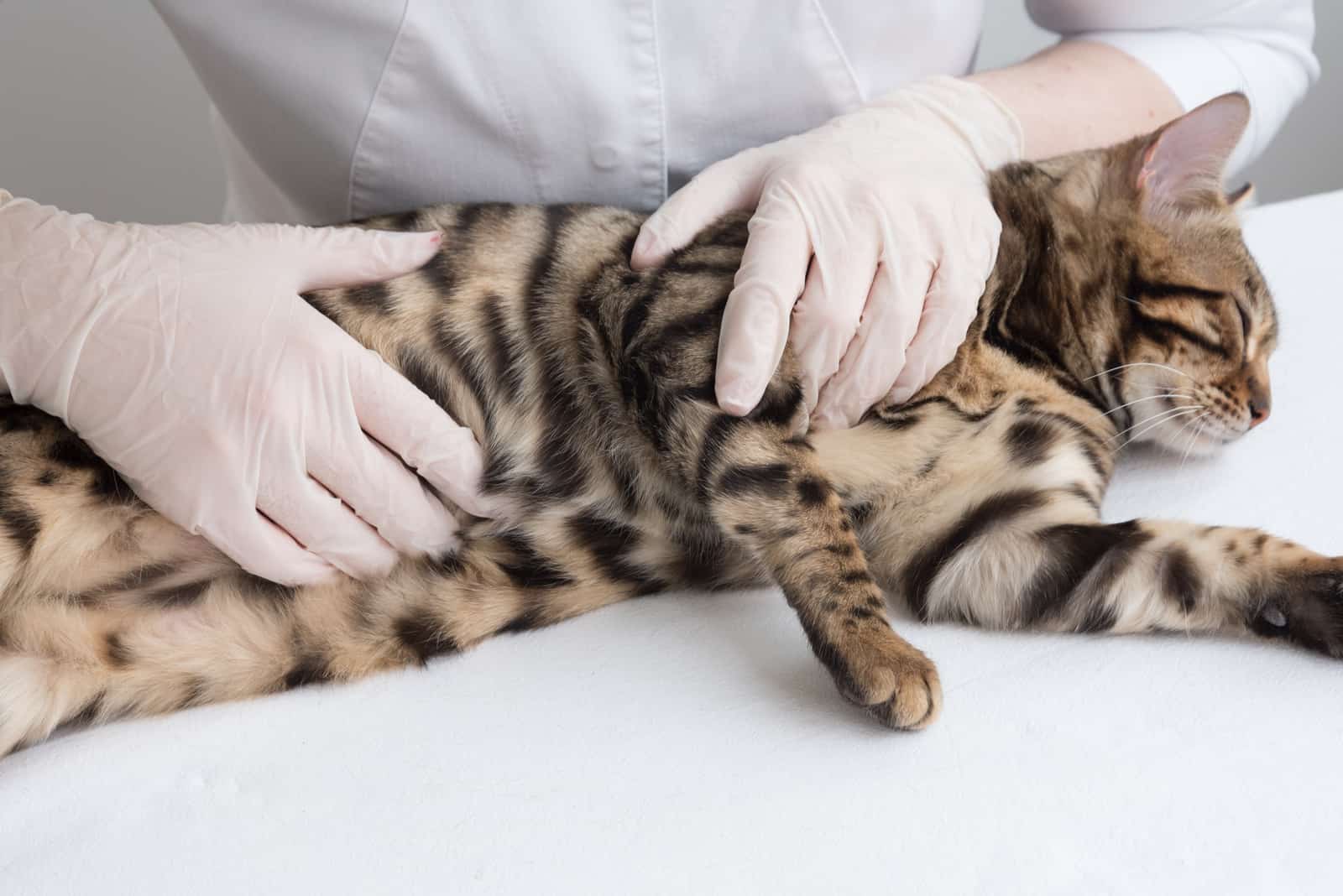
The most important fact about kidney disease in cats is that a huge number of cats suffer from it. Studies show that 1 in 3 cats suffer from kidney disease.
Early signs of kidney disease in cats can be difficult to spot. Most cats do not show any signs until their medical condition deteriorates and becomes more serious.
When they do show signs of disease, they may be easily overlooked, such as the cat peeing more often, drinking water more than usual, or subtle weight loss. If these symptoms occur in summer, you might easily excuse them as it being quite normal for cats to do all these things when hotter weather arrives.
However, luckily for pet owners, advanced veterinary medicine and technology make it far easier nowadays to detect and treat kidney diseases before it’s too late.
Kidney disease in cats comes with the side effect of your cat not peeing or not peeing the way they should. Normal kidneys do a terrific job in eliminating protein waste, producing urine, and getting rid of toxins, but when kidney disease happens, the kidneys become less efficient in doing these important jobs.
Kidney diseases in cats are classified into 2 categories: chronic kidney disease and acute kidney disease.
Difference Between Chronic And Acute Diseases
Acute disease develops suddenly, but it can often be improved with proper treatment and care. The most common cause of acute kidney disease is poisoning, such as when a cat is exposed to plant toxins, human meds, or cleaning products.
Chronic kidney disease develops slower than acute kidney disease. It develops slowly and gets worse and worse if not spotted and treated in good time. If you do not find out about it, and the disease progresses, then it is usually not curable and has to be treated as a chronic illness.
Urinary Tract Infection
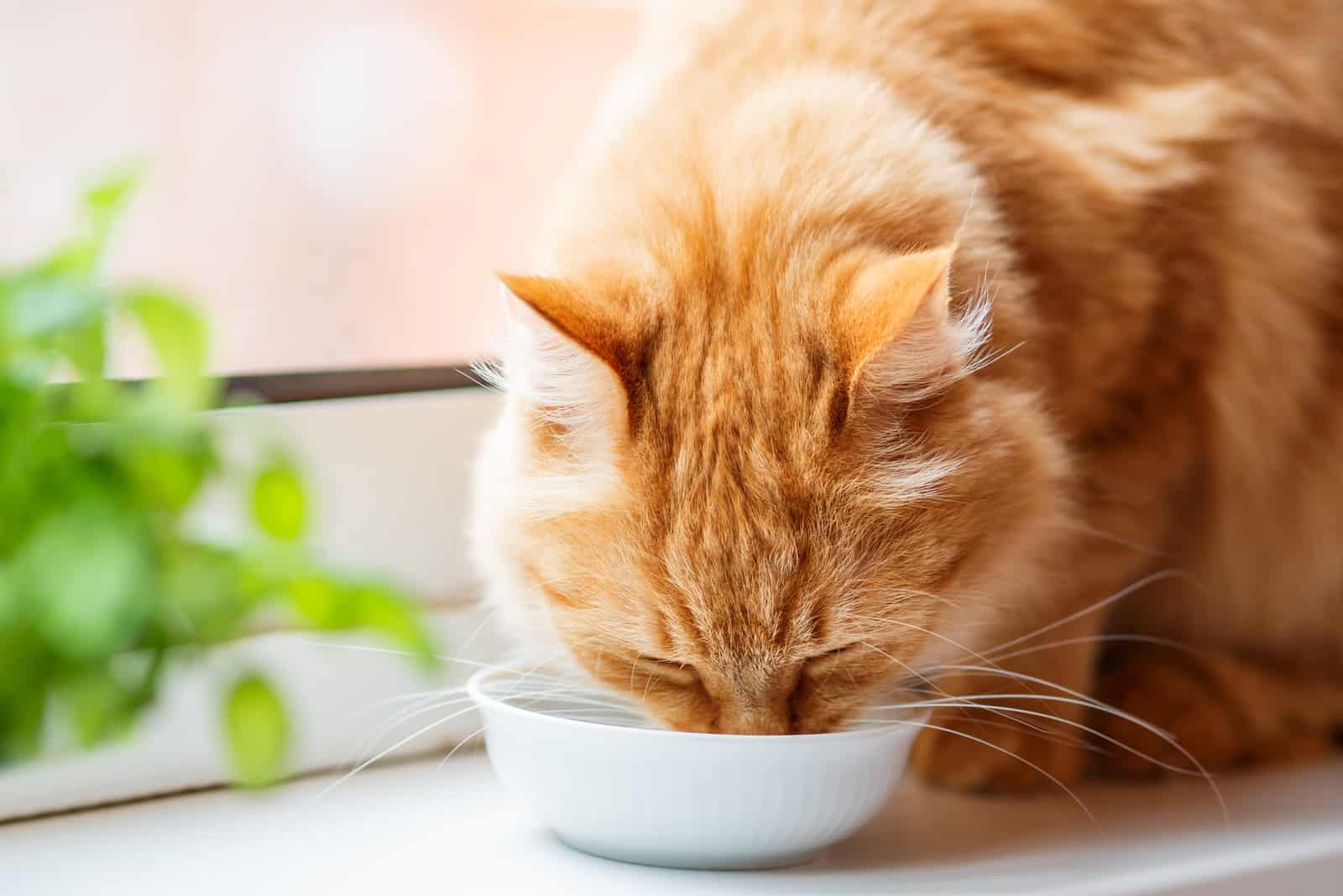
A urinary tract infection is a medical condition that occurs when there is a bacterial infection in a cat’s bladder or urethra.
The vet needs to take a sample of urine in order to confirm the diagnosis. Cats can hold their pee for 24 to 48 hours while the urine is stored in the bladder. If there is inflammation or an infection, the bladder or urethra becomes inflamed, sometimes urine cannot pass, and a UTI occurs.
How Can I Know If My Cat Has A Urinary Tract Infection?
Cats are prone to urinary tract infections, and frequent infections can be a sign of disease. Most commonly, UTIs indicate hyperthyroidism or diabetes. This is much more common in older cats (10+ years old).
Cats diagnosed with a UTI (in most cases with cystitis) are usually given antibiotic medication to destroy the bacterial infection.
The most common symptoms of a cat’s urinary tract infection include a smaller volume of pee, pain while urinating, blood in urine, or the cat peeing around the house or outside of the litter box. A cat with a UTI may refrain from urinating due to pain or discomfort.
If you notice any of these symptoms in your cat, then they may be suffering from a urinary tract infection, but these symptoms can also indicate a FLUTD.
In any case, contact the vet.
How To Help:
Once the vet has examined your cat, they will give their diagnosis. Based on the suspected cause and the diagnosis, you will be instructed on how to take care of your pet going forwards.
Your vet may suggest you give your cat more water, give them prescribed antibiotics, change their diet, bring them in for fluid therapy, or they may even suggest surgery for male cats (in order to expand their urethra). Treatment will depend on the severity of the problem.
If you want to help your cat relieve themselves, you might try the ragdoll technique. This could help your cat to urinate.
You need to hold your cat under their armpits above the litter box. If you do not have an indoor cat, just hold your cat outside where they usually ‘go.’
Your cat might be scared at first, so be sure to pet them to reassure them. Now you need to locate your cat’s bladder (if unsure, ask the vet to show you for the first time).
You will find the bladder at the bottom of the cat’s rib cage (sometimes in the genital area, or in the middle of the body depending on the size of the colon).
The bladder feels small and sponge-like in your hand. When you locate it, you have to gently squeeze it going down, which should help your cat pee.
Urinary Blockage And When To Call A Vet
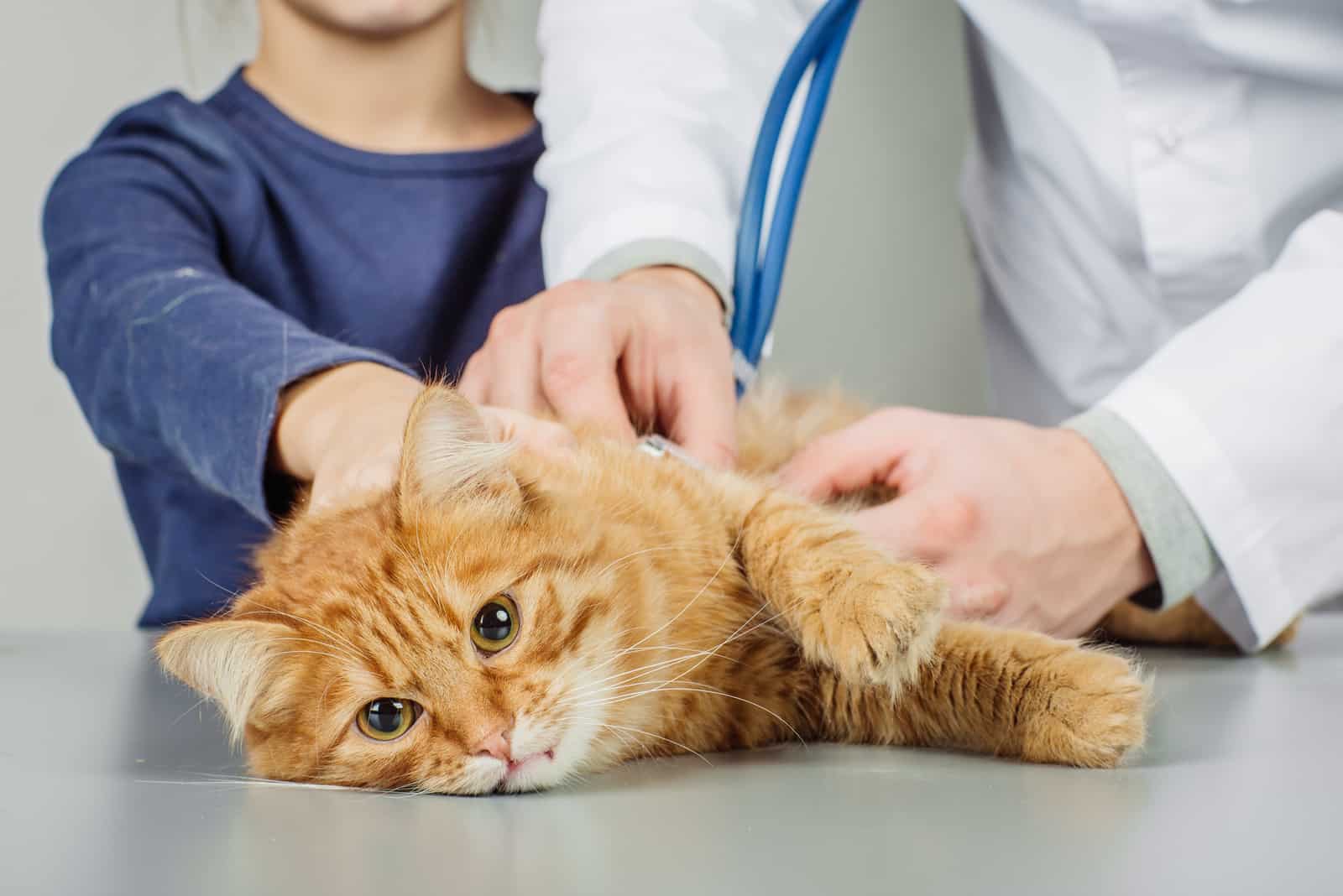
Urinary blockage or urinary obstruction is a painful and life-threatening condition (male cats are typically affected).
It might be caused by a UTI or happen at the same time, so if your cat is diagnosed with a UTI, be sure to ask for a check-up for urinary blockage as well.
If your cat has a urinary blockage, it means that their urethra is blocked, and there is some inflammatory material. Basically, the urethra gets clogged up, and the urine cannot come out.
Urinary blockages, in most cases, require hospitalization for a couple of days.
Urinary blockage is more common in male cats than female cats. What causes the blockage? Thick mucus, tissue inflammations, or toxins can cause or contribute to a blockage. Furthermore, if your cat does not produce and expel urine, kidney failure will occur.
A cat who has a urinary blockage will have an enlarged and painful bladder. You may easily feel it in the back half of their stomach unless the bladder is ruptured.
We’ve answered the question: how long can cats hold their pee? 24 to 48 hours max, but if it goes on for any longer, then it’s time to call a vet!
Symptoms Of Urinary Blockage
Symptoms range from mild to severe.
In the beginning, cats might show discomfort peeing or show signs of a UTI: not wanting to pee or peeing more frequently, blood in the urine, painful urinating, or peeing outside of the litter box. Symptoms only become life-threatening if a total blockage occurs and your cat cannot expel any urine.
You may hear loud meowing, your cat may cry, might even hide away, and later on, lose their appetite or reject the cat food that is offered.
They will try to pee, but no urine will come out. This is the symptom to watch for. This is when you know that a complete blockage is happening, and you need to contact the vet as soon as possible.
Complete urinary blockage can cause death in cats within 3 to 6 days.
Treatment
If you have any doubts about a urinary blockage, seek the advice of your vet asap!
Cats suspected of suffering from urinary blockage need an urgent check-up. If there is a stone blocking the urethra, the vet will have to sedate your feline friend to put a catheter into the urethra in order to push the stone into the bladder.
Then the bladder is flushed and drained through the catheter, so nothing toxic remains inside. The catheter is usually left inside until the swelling subsides.
After the catheter is removed, the cat is examined again by the vet. The vet needs to check whether the cat can urinate by themselves, and after this is confirmed, the vet might prescribe some pain killers, a change in diet, or some more medication that will help your pet relax.
Cats Under Stress – Pee Less
You heard it! Stressed cats hold their pee. Stressors such as moving to a new house, traveling, or meeting a new pet, male vs. male or female cats vs. female cats, can all cause your cat to hold their pee.
Big changes in your cat’s life may cause different health issues, but these are usually temporary. Most cats adapt to their new life circumstances, but some cats stay stressed or anxious, which may cause further urinary problems.
Urinary problems and difficulties can be solved easily if you discover the stress and its cause as soon as possible and if your cat is given the attention it needs.
Most stressors that are considered long-term stressors are related to interactions with other cats, especially inside your cat’s home. Researchers say that adjusting to the arrival of a new pet creates tension, which leads to urinary stress.
Adjustment takes time, and there may always be some tension, so you should watch out for any physical side effects of stress and anxiety.
In The End…
To conclude the question, “how long can cats hold their pee?” We say 24 to 48 hours.
Cats should not go for longer than 24 hours without expelling urine. If they struggle to pee or you notice changes to their routine, get them checked for a UTI or more serious health issues like kidney failure.
Early intervention is the best way to avoid serious problems, and you have already started by reading this article and learning more about your cat’s bladder and how you can be a responsible pet parent.

